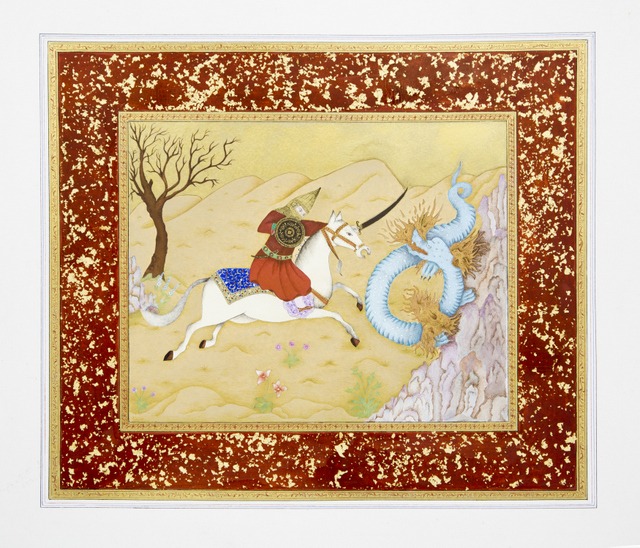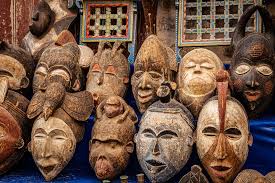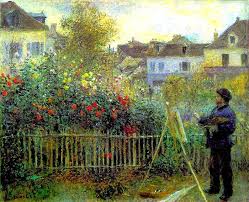Menu

The city of Herat in western Afghanistan was once one of the great cultural centers of the Islamic world, renowned for its breathtaking miniature paintings. During the Timurid dynasty (14th–16th centuries), Herat’s royal workshops produced some of the most exquisite and influential art in Persianate culture. These miniatures weren’t just small paintings—they were windows into a world of poetry, mythology, and refined courtly life.
Herat miniatures are famed for their meticulous detail, brilliant colors, and balanced compositions. Artists used fine brushes to render intricate scenes: lovers in lush gardens, epic battles, mystical gatherings of poets and scholars. Gold leaf, lapis lazuli pigment, and other precious materials elevated these works beyond mere illustration—they were luxury objects meant for princely patrons and treasured manuscripts.
Prominent masters like Kamal ud-Din Behzad transformed the art of miniature painting in Herat. His work emphasized subtle expressions, harmonious design, and narrative depth. Behzad’s influence spread far beyond Afghanistan, shaping the art of Mughal India and Safavid Iran. Even today, his name is synonymous with perfection in miniature painting.
These artworks were more than beautiful pictures—they were cultural bridges. They brought together Persian, Central Asian, and local Afghan traditions, fusing them into a distinctly Herati style. The city itself became a melting pot of artists, poets, and calligraphers, creating a golden age of art and learning.
Though centuries of conflict have threatened Afghanistan’s heritage, Herat’s miniature tradition endures. Contemporary Afghan artists continue to study and revive these classic techniques, producing new miniatures that honor the old masters while telling modern stories.
Miniature paintings of Herat are Afghanistan’s testament to its rich, cosmopolitan past. With every tiny, perfect brushstroke, they remind us of the country’s profound artistic legacy and its timeless ability to turn poetry into visual art.



@THE INDIAN ART COTTAGE
© The Indian Art Cottage | All Rights Reserved | 2025